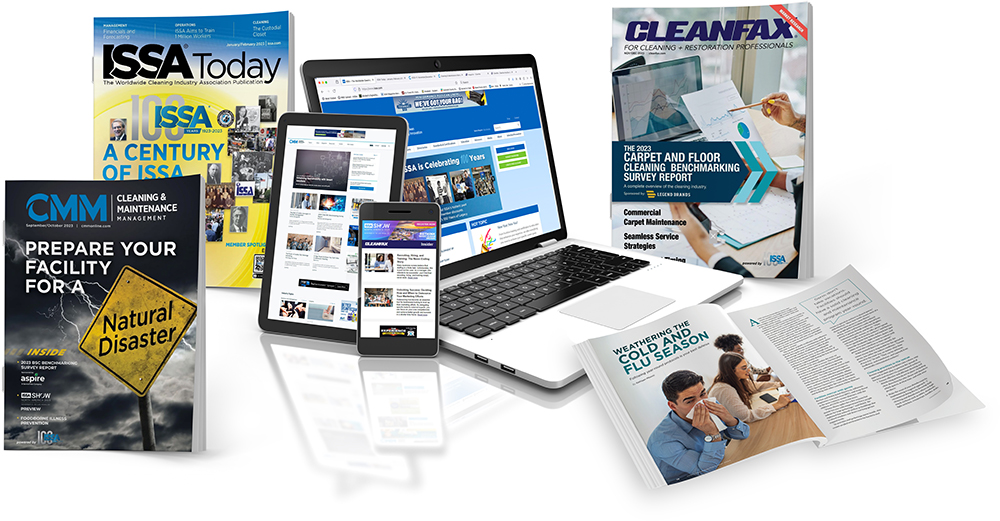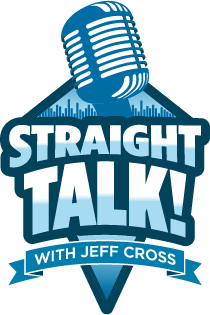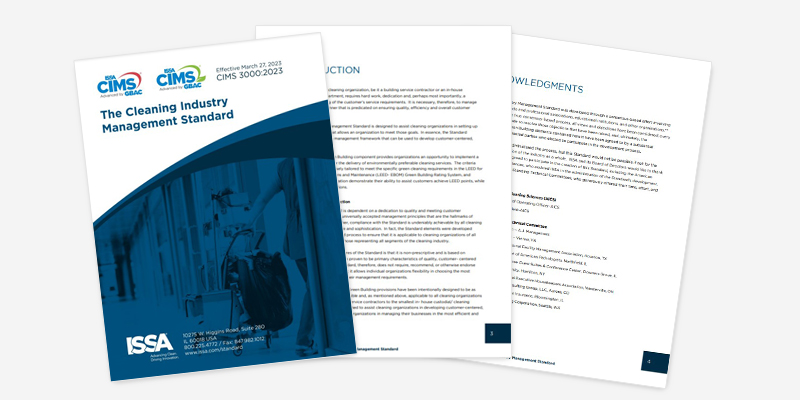Strategic Planning in Facility Management
Strategic planning has become an essential tool for success and survival in the facility management world. The ability to anticipate, adapt, and direct resources toward specific goals is crucial in a competitive environment where changes happen in real time. Focused strategic direction helps everyone in your company make the right decision at the right time in today’s workplace.
Attempting to create a strategic plan takes well-thought-out concentration and an investment in resources—both in labor and data collection. If you don’t have a strategic plan, your company is adrift in a sea of industry competition, and your people make decisions based on what they think is right instead of the direction you really want them to go. In other words, without a strategy, your company is rolling the dice.
When running a company, planning for the future requires a strategy. Strategic planning is a critical tool for janitorial companies to remain competitive, enhance profitability, and deliver consistent value to customers. It provides a structured framework for decision-making, enabling businesses to navigate the complexities of an ever-evolving industry marked by technological advancements, labor challenges, and changing customer demands. It helps capitalize on opportunities and ensures long-term success.
In this article, we will explore a few strategic planning methodologies for businesses, present key tools for implementation, and provide a high-level view of each. This is not meant to be a how-to guide, just an introduction to a complex subject.
Strategic planning frameworks
Any task in business you try to accomplish requires a thought-out direction or plan before you start. For instance, Stephen Covey’s plan starts with the end in mind.
A robust strategic planning system organizes and coordinates managerial activities to develop integrated, consistent, and long-term action plans. It also fosters adaptability by aligning the company with business changes. Key elements influencing effective strategic planning include the communication of performance goals, participatory goal-setting processes, empowering subordinate managers, the pivotal role of corporate planners, and integrating planning with budgeting.
Strategic planning has fallen from the pedestal it occupied when it came on the scene in the mid-1960s. Planning is about the analysis of breaking a goal into steps, formalizing those steps, and articulating the expected consequences. Just as important is getting the whole company moving in one direction.
Many strategic planning methodologies have emerged in the last 65 years, each offering a bit of wisdom and value depending on the company’s vision. Businesses can benefit from selectively applying these frameworks based on their strategic goals. Each offers unique advantages.
Guide disruptive innovation
For instance, the Blue Ocean Strategy focuses on creating new markets (“blue oceans”) where competition becomes irrelevant. It emphasizes innovation and value creation through tools like the Strategy Canvas and Four Actions Framework, helping businesses redefine industry norms by delivering unique offerings. Blue Ocean can guide disruptive innovation. This approach suits companies aiming to disrupt industries or escape saturated markets.
Secure competitive positioning
A different planning view is Michael E. Porter’s “Competitive Strategy.” It centers on competing within existing markets by leveraging cost leadership, differentiation, or niche focus. Porter argues that operational effectiveness, although necessary for superior performance, is insufficient because its techniques are easy to imitate.
In contrast, the essence of this strategic planning framework is choosing a unique and valuable position rooted in systems of activities that are much more difficult to match. Using tools such as the Five Forces Framework and Value Chain Analysis, businesses analyze competitive forces to build sustainable advantages. This strategy works best in established industries with defined competitors.
While Blue Ocean targets untapped opportunities, Porter’s framework optimizes within current industry structures. Porter’s strategies can secure competitive positioning. Combining these frameworks allows companies to innovate, compete, and execute effectively in a dynamic business environment. Together, they complement each other, enabling businesses to innovate in new markets while securing a strong foothold as markets mature.
Ensure execution
Once your business has developed a strategic plan, the critical question is: How will you deploy it effectively so that everyone in the company is aligned and working toward the same goals?
A company needs a structured system to ensure alignment, accountability, and sustainable growth, especially when facing challenges such as miscommunication, inefficiency, or lack of clarity. The Entrepreneurial Operating System™ (EOS) can provide a powerful solution.
EOS offers a comprehensive framework designed to transform strategic plans into actionable outcomes. Developed by Gino Wickman and introduced in his book Traction: Get a Grip On Your Business, EOS integrates practical tools and principles to strengthen six key areas of a business: Vision, People, Data, Issues, Processes, and Traction. Through tools like the Vision/Traction Organizer™ (V/TO™), Accountability Chart™, and Level 10 Meetings™, EOS helps leadership teams define a clear vision, establish accountability, and foster disciplined execution. Metrics tracking ensures data-driven decisions by everyone in the company, while structured problem-solving processes address issues proactively.
While EOS is particularly effective for small to mid-sized companies seeking operational consistency and growth, every business, regardless of size, needs a system for strategic implementation. A well-structured approach, like EOS, ensures that your strategy doesn’t just remain on paper but becomes a roadmap for sustained success, empowering your company to scale with clarity and purpose.
Thus, Blue Ocean Strategy, Michael Porter’s Competitive framework, and EOS each offer unique concepts. Companies can benefit from selectively applying these frameworks based on their strategic goals.
For instance, Blue Ocean can guide disruptive innovation, Porter’s strategies can secure competitive positioning, and EOS can ensure execution. Combining these frameworks allows organizations to innovate, compete, and execute effectively in a dynamic business environment.
We can conclude that effective strategic planning is hard. As a leader, you are trying to articulate or predict a vision for the future and communicate that vision to everyone in your company in such a way that they know the vision as good or better than you so they can make daily decisions. It may be hard to do, but what is the alternative?
So, empower your business with vision, innovation, and execution to thrive in a competitive world and succeed.
Jon Hill is the CEO of Cobotiq and provides business managers with information on how to create and implement profitability. He is a frequent speaker and presenter on the future impact of automation and technology in the cleaning industry.
References:
Kim, W. C., & Mauborgne, R. (2005). Blue Ocean Strategy: How to create uncontested market space and make the competition irrelevant. Harvard Business School Press.
Porter, M. E. (1980). Competitive Strategy: Techniques for analyzing industries and competitors. Free Press.
Wickman, G. (2007). Traction: Get a Grip on Your Business EOS Implementer.
Sidebar 1
How to Define the Blue Ocean
The Four Actions Framework developed by Chan Kim and Renée Mauborgne is used to reconstruct buyer value elements in crafting a new value curve or strategic profile. To break the trade-off between differentiation and low cost in creating a new value curve, the framework poses four key questions, shown in the diagram, to challenge an industry’s strategic logic.
© Chan Kim and Renée Mauborgne. Blue Ocean Strategy. Blue Ocean Shift. All rights reserved.
Sidebar 2
What is EOS?
The EOS Model provides a visual illustration of the Six Key Components™ of any business that must be managed and strengthened to be a great business. This model applies to big and small businesses alike, in any industry. Image from EOS website: eosworldwide.com
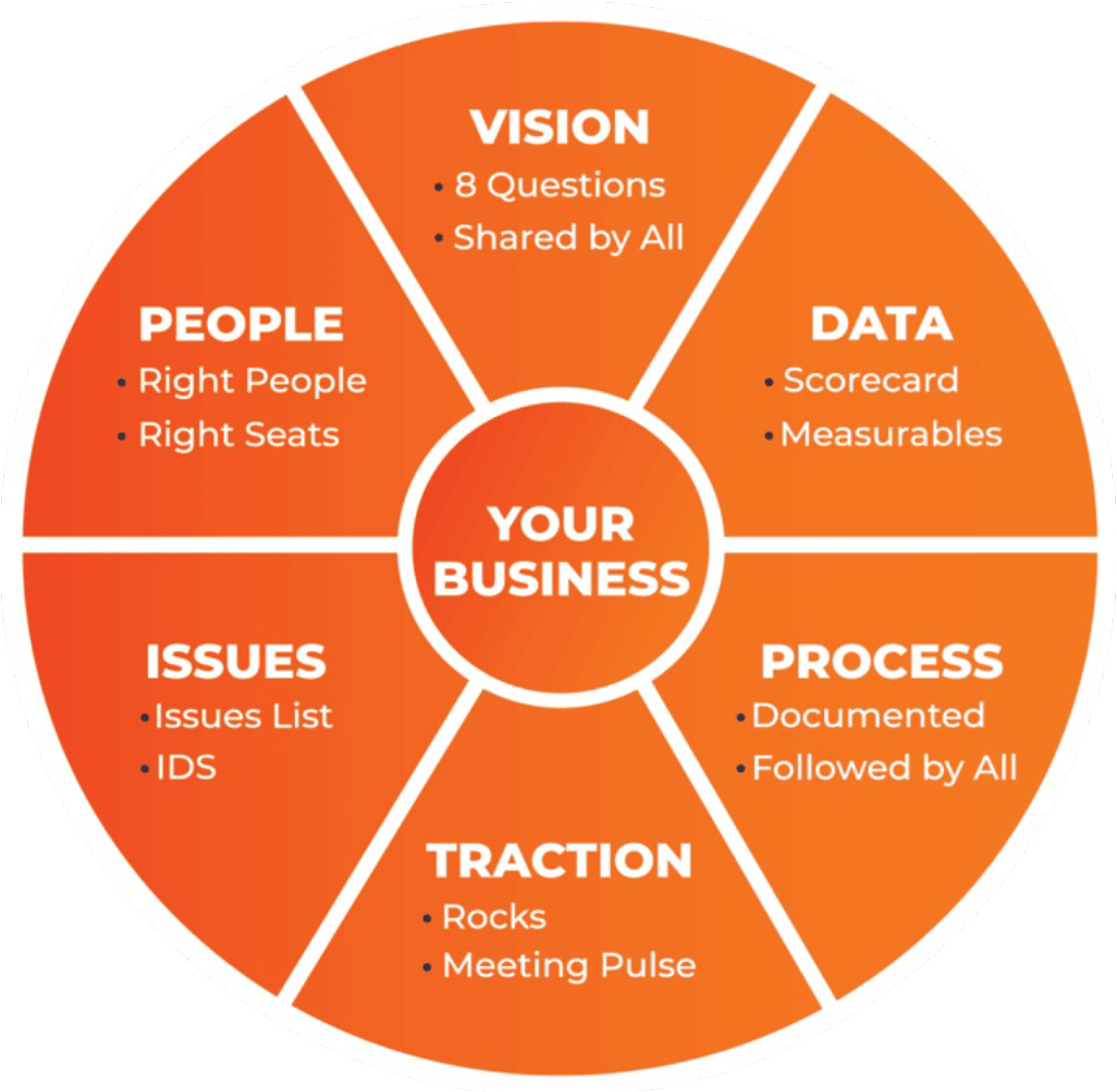
Sidebar 3
Here is a comparison of Blue Ocean Strategy, Michael Porter’s Strategies, and the Entrepreneurial Operating System (EOS) presented in a clear and structured table format. This comparison provides a quick overview of the focus areas, tools, and use cases for each strategic approach.
| Blue Ocean Strategy | Michael Porter’s Strategies | EOS | |
| Definition | A strategic approach that focuses on creating new, uncontested
markets. |
Create competitive advantage within existing market structures. | A management system for aligning vision, people, data, issues, and processes in organizations. |
| Core Idea | Blue Ocean Strategy to identify new opportunities that break away from competition by innovating and creating new demand. |
Achieving sustainable advantage through cost leadership, differentiation, or focus strategies. | Create internal alignment and operational execution within a business by providing a holistic system to improve organizational efficiency and focus. |
| Primary Users | Growth-focused businesses. | Businesses in competitive markets. | Small to mid-sized businesses. |
| Focus | Achieving innovation, differentiation, and low cost simultaneously in untapped markets. | Competitive positioning within current markets. |
Internal alignment, accountability, and operational execution. |
| Goal | Make competition irrelevant by capturing new demand. | Outperform rivals in the same market. |
Achieve sustainable growth and operational excellence. |
| Tools/ Frameworks |
Value innovation, strategy canvas, four actions framework (Eliminate, Reduce, Raise, Create). | Cost Leadership: Become the lowest-cost producer. Differentiation: Offer unique value through superior products or services. Focus: Target specific niches or customer segments. |
Vision, Traction, and Six Key Components: Vision, People, Data, Issues, Processes, Traction. (Vision/Traction Organizer (V/TO) – Accountability Chart – Level 10 Meetings) |
| Challenges | Risk of misjudging demand for new markets; requires significant innovation. |
Risk of being stuck in the middle if strategies are not well-executed. | Requires strong commitment from leadership and teams to adopt the system fully. |
| Potential Outcome |
High growth potential and market disruption. | Stronger competitive positioning and profitability. | Enhanced organizational efficiency, clarity, and scalability. |
| Examples from authors’ readings |
Marvel Comics (reinvented by movie production model). | Walmart (cost leadership), Apple (differentiation). | EOS-implemented companies like Traction Tools or Rocket Fuel. |



